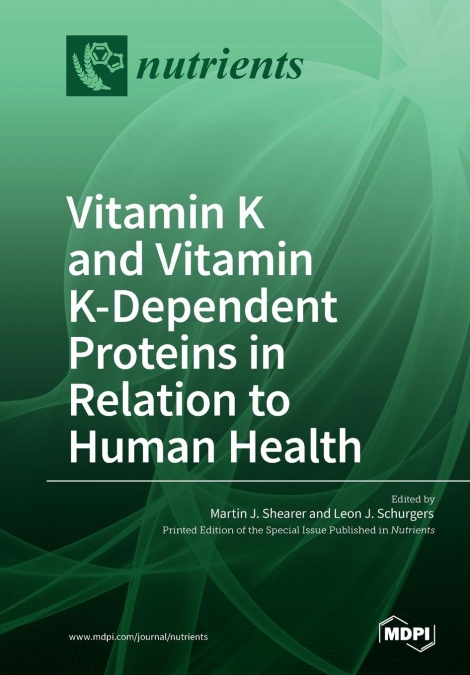
This Special Issue of Nutrients focuses on advances that extend our knowledge of the biochemical functions and health roles played by both the micronutrient vitamin K and its target Gla proteins. The scope of potential topics is wide and may include studies in population and patient groups, animal models and at the cellular level. Examples include the presentation, diagnosis, incidence, causes, and prevention of deficiency syndromes, of which the most obvious is bleeding in infancy, but also extends to other putative roles of vitamin K such as in bone and cardiovascular health. In trying to define extrahepatic functions of vitamin K it is important to obtain evidence of pathophysiological signatures that may derive from chronic suboptimal vitamin K intakes or as a consequence of vitamin K antagonists. An important related question is whether the pathophysiology can be ameliorated or prevented by judicious vitamin K supplementation. Equally important to our understanding of the human physiology of vitamin K are studies that define the relative functional importance of individual vitamers and how differences in their availability and metabolism affect their biological activity. Recent highlights in metabolism include the delineation of the importance of vitamin K epoxide reductase (VKOR) in maintaining vitamin K status and the intriguing hypothesis that its paralog VKOR-like 1 enzyme (VKORL1) may serve an antioxidant function. Another highlight illustrating the importance of metabolism to vitamin K function is the discovery that the enzyme UbiA prenyltransferase-containing domain 1 (UBIAD1) participates in the cellular conversion of phylloquinone to MK-4 with menadione as a metabolic intermediate. We invite authors to submit reviews or original research on any of the above topics.